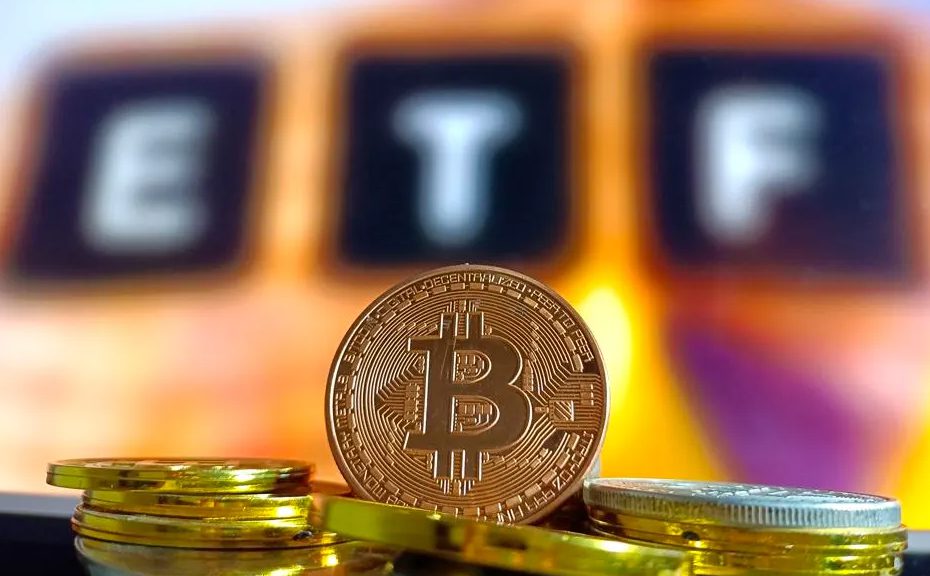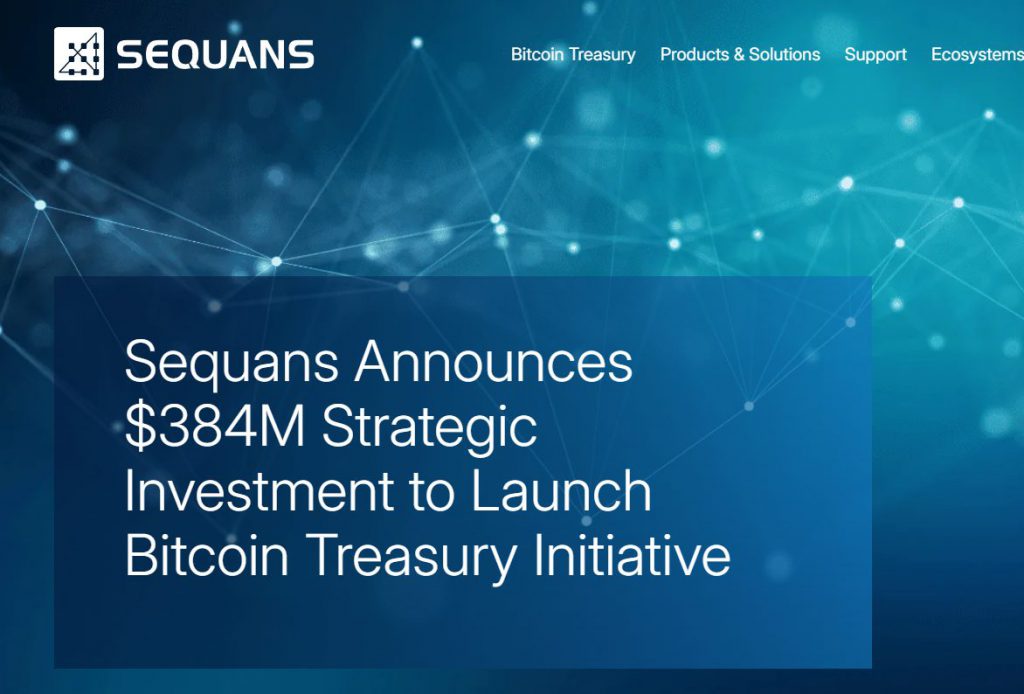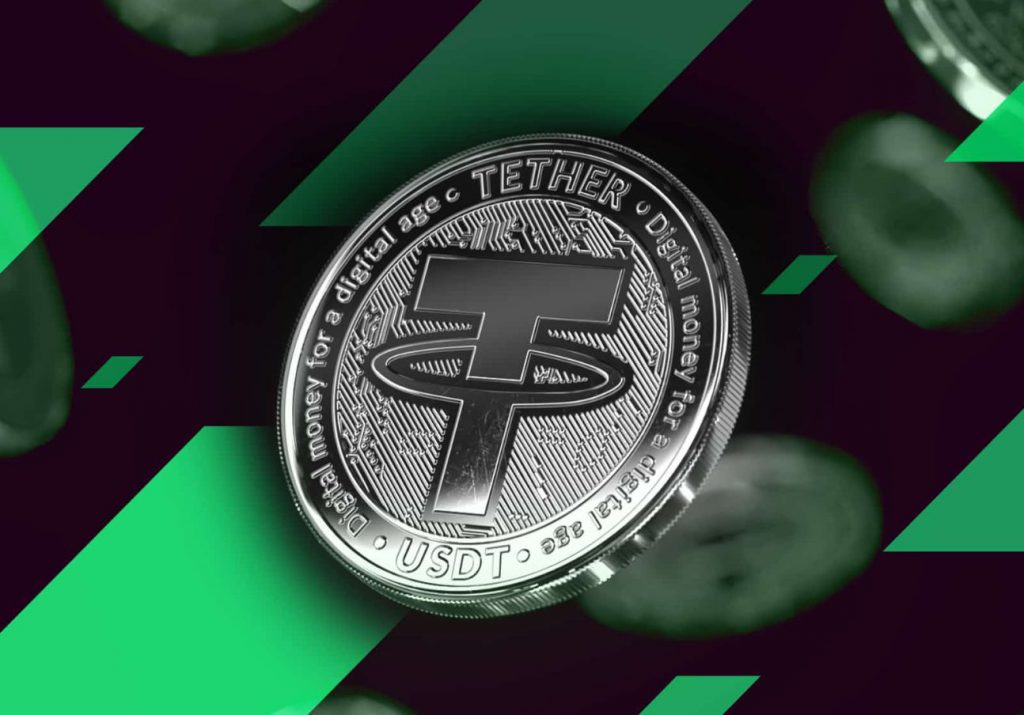3 Coins Set to Dominate the De-Dollarization Movement in 2025
Forget Wall Street—the real currency revolution is happening on-chain. As traditional finance grapples with inflation and geopolitical tensions, three cryptocurrencies are positioning themselves as viable alternatives to the almighty dollar. These digital assets aren't just storing value—they're actively building the infrastructure for a decentralized global economy.
Bitcoin: The Digital Gold Standard
Bitcoin continues to lead the charge with its proven track record as a store of value. Its fixed supply and decentralized nature make it the go-to hedge against currency devaluation—something central banks seem to forget is bad for, you know, actual people.
Ethereum: The Settlement Layer
Ethereum's smart contract capabilities create a global financial infrastructure that operates 24/7 without banking holidays or intermediary approval. It doesn't just store value—it rebuilds the entire financial stack from the ground up.
BNB: The Ecosystem Play
BNB's integrated ecosystem offers everything from trading to lending within a single token economy. It demonstrates how native exchange tokens can create self-sustaining financial environments that bypass traditional banking entirely.
These assets represent more than just price speculation—they're the building blocks for a financial system that doesn't rely on the same institutions that brought us the 2008 crisis and subsequent 'too big to fail' bailouts. Because nothing says financial innovation like making taxpayers fund billion-dollar mistakes.
How BTC, ETH, and USDT Drive De-Dollarization With Liquidity And Strategy
1. Bitcoin (BTC)

Sequans Communications has actually acceleratedtreasury strategy adoption in 2025 when they launched a $384 million initiative to accumulate Bitcoin. This BTC liquidity boost demonstrates how corporations are embracing de-dollarization crypto coins as treasury assets right now.

Georges Karam, CEO of Sequans, had this to say:
The company aims to reach 100,000 BTC by 2030, which showcases institutional confidence in Bitcoin treasury strategy models and also supports BTC liquidity boost initiatives across the market.
2. Ethereum (ETH)

network adoption reached new heights when Tether mintedone-billion USDT to the ethereum blockchain in August 2025. This operation is evidence of the de-dollarization that the crypto coins are using to make large-scale financial transactions based on ETH.
![]()
![]()
![]()
![]()
![]()
![]()
![]()
![]()
![]()
![]() 1,000,000,000 #USDT (1,001,100,000 USD) minted at Tether Treasuryhttps://t.co/ZBJTsQcFz2
1,000,000,000 #USDT (1,001,100,000 USD) minted at Tether Treasuryhttps://t.co/ZBJTsQcFz2
The transaction was processed with a cost of only 0.000065 ETH, which proves Ethereum’s efficiency for billion-dollar transfers and supports USDT stablecoin growth patterns.
Just In: #Tether has minted $1B $USDT on @ethereum Network.https://t.co/7ctndhjqD7 pic.twitter.com/s7Ee33S3I1
— Onchain Lens (@OnchainLens) August 15, 2025This ETH network adoption shows how de-dollarization crypto coins are using blockchain infrastructure to operate at scale.
3. Tether (USDT)

Stablecoin growth, particularly, has been hastened by the demand by institutions to have dollar-pegged assets beyond the bank system. This happened during the $1 billion mint, and this coincided with 9.8 percent growth in the crypto market, which portrays how de-dollarization crypto coins can even lead to stability during the period of market growth.
BRICS nations are also developing blockchain payment systems that utilize stablecoins like USDT, reducing SWIFT dependency and supporting Bitcoin treasury strategy adoption across emerging economies.
The combination of Bitcoin treasury strategy adoption, ETH network adoption for infrastructure, and USDT stablecoin growth creates alternatives to USD-dominated finance. These de-dollarization crypto coins provide the foundation for reduced dollar dependency.

